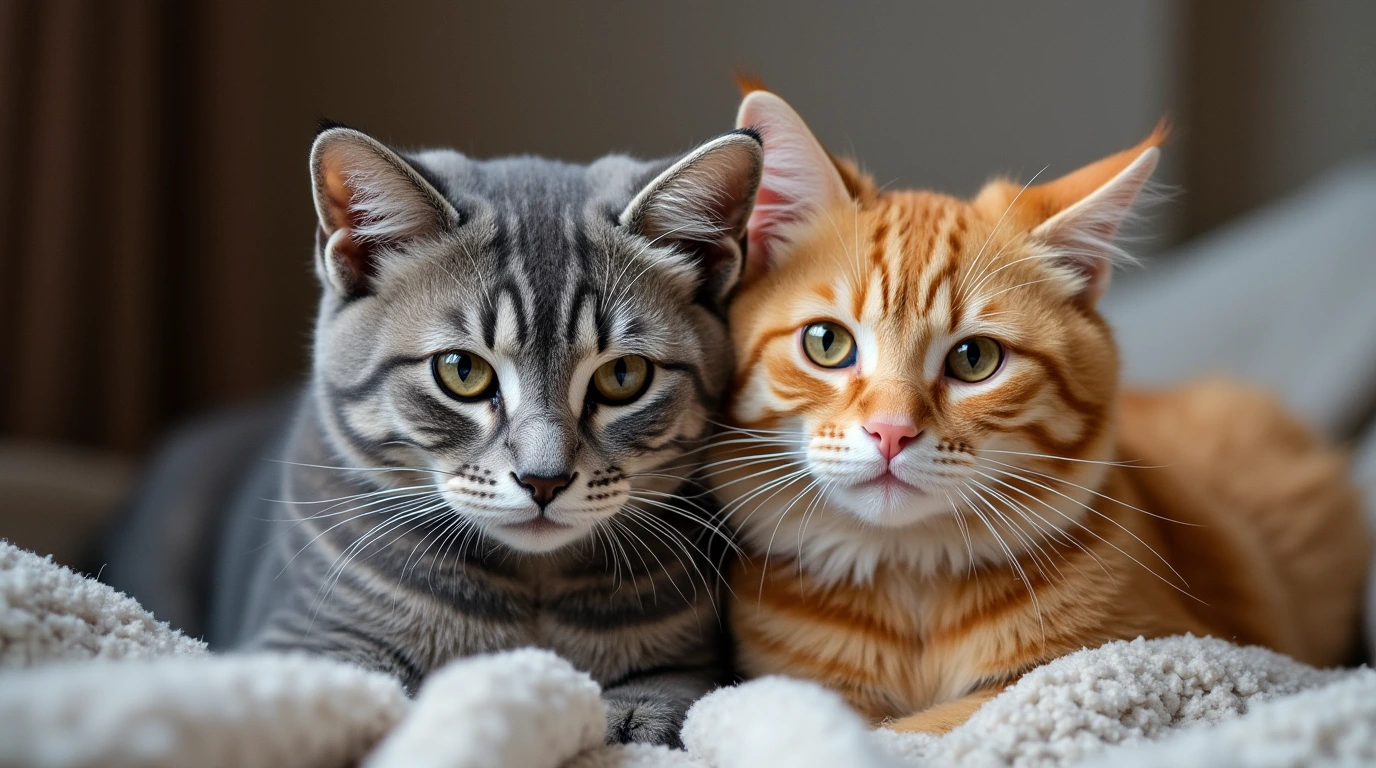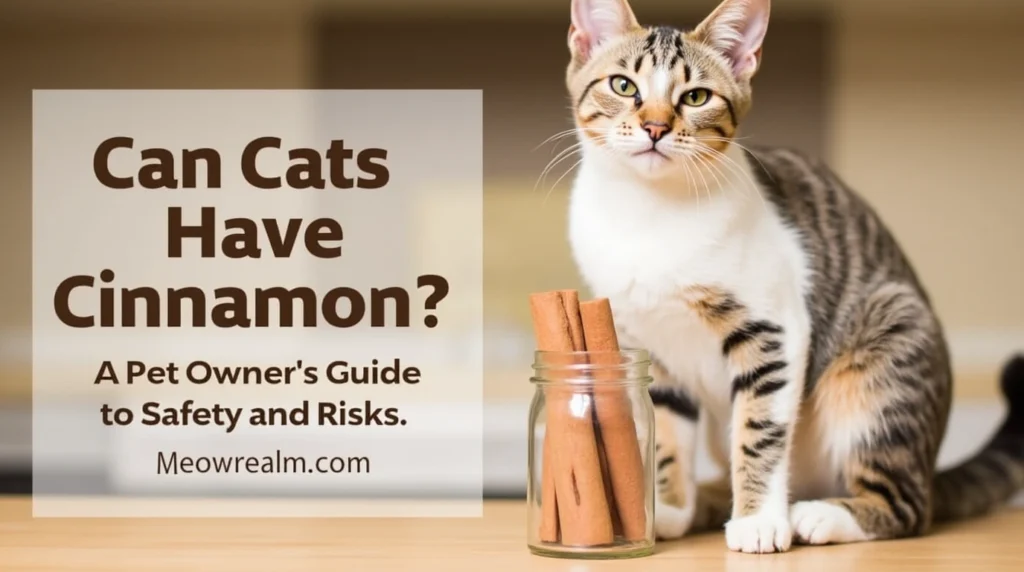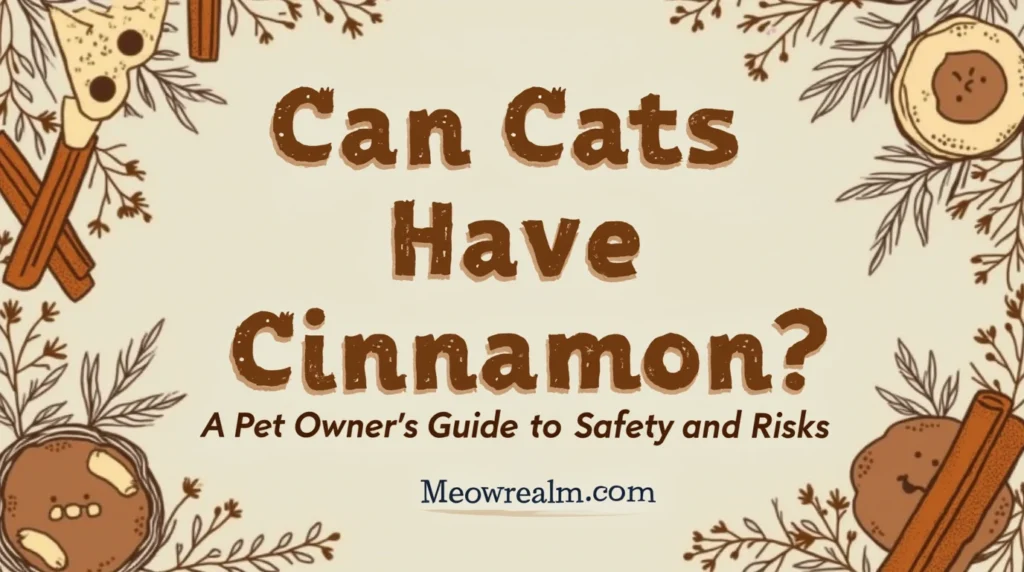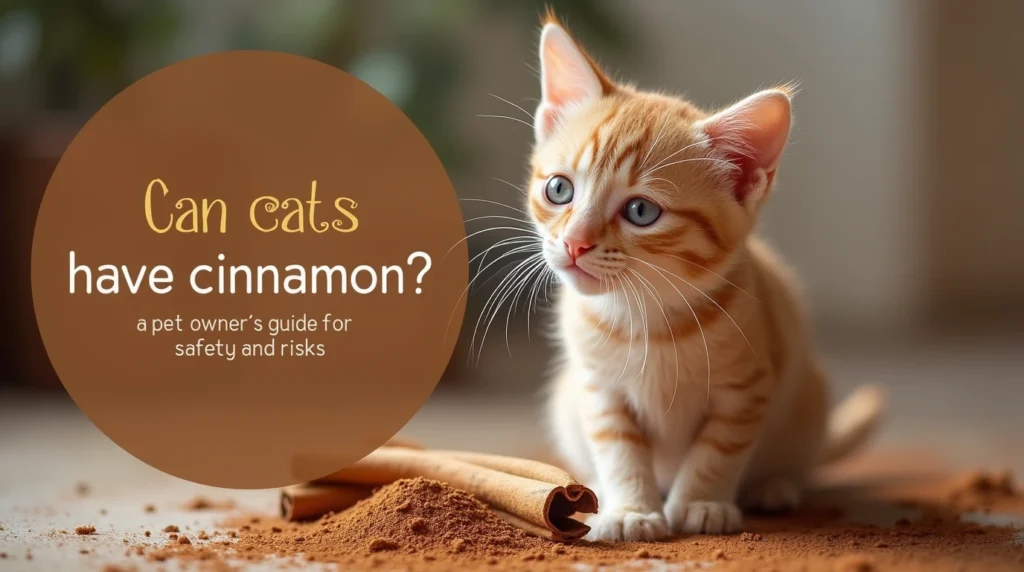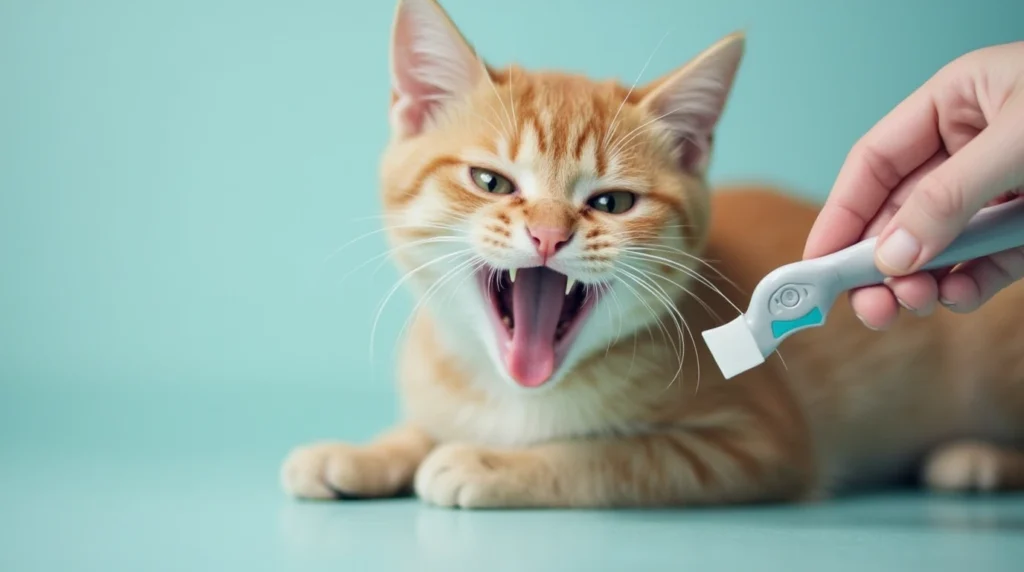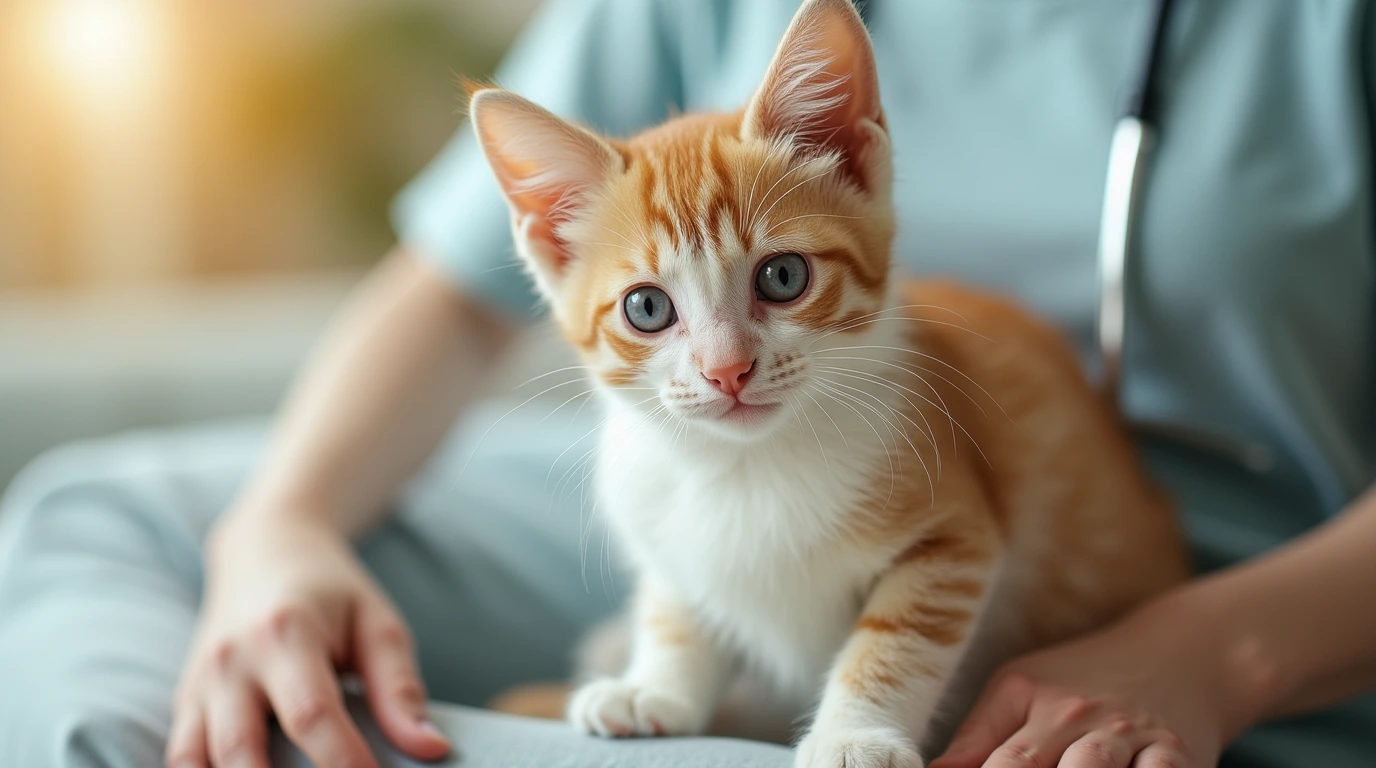Nothing is more heartwarming than watching a bonded cat couple snuggle, groom each other, and play together. As a cat owner, you want to ensure that your feline duo remains happy, comfortable, and healthy throughout their lives. However, just like human relationships, feline companionship requires effort and understanding.
Caring for a cat couple goes beyond providing food and shelter. You must cater to their physical, emotional, and mental well-being to maintain harmony in their relationship. Whether your cats have been lifelong companions or were recently introduced, these six essential tips will help them thrive together. From nutrition to stress management, this guide will walk you through everything you need to know about keeping your cat couple happy and healthy.
Table of Contents

1. Provide a Balanced Diet for Your Cat Couple
Why Nutrition Matters
A well-balanced diet is the foundation of good health for any cat. Feeding your cat couple the right food ensures that they remain energetic, maintain a healthy weight, and have strong immune systems. Improper nutrition can lead to obesity, digestive issues, or malnutrition, which may affect their bond and overall well-being.
Tips for Feeding Your Cat Couple
- Choose high-quality cat food – Look for food rich in protein, essential fatty acids, and taurine, an amino acid crucial for feline health.
- Maintain a consistent feeding schedule – Feed your cats at the same time each day to prevent anxiety and food aggression.
- Provide separate food bowls – Some cats dislike sharing and may become territorial over their meals.
- Monitor portion sizes – Overfeeding can lead to weight gain, while underfeeding may result in nutritional deficiencies.
- Offer a variety of textures – Mixing wet and dry food can keep meals interesting and provide hydration benefits.
By maintaining a nutritious diet tailored to your cats’ needs, you’ll support their overall health and help them bond over mealtime.
2. Create a Comfortable Living Space
Setting Up the Perfect Environment
Cats are territorial creatures that require their own space to feel secure. A well-arranged home with designated areas for eating, sleeping, and playing can reduce stress and conflicts between your cat couple.
Must-Have Items for a Happy Cat Couple
- Separate litter boxes – The rule of thumb is one litter box per cat, plus one extra, to prevent territorial disputes.
- Plush beds – Providing multiple cozy sleeping areas allows each cat to have personal space when needed.
- Multi-level cat trees – Cats love to climb and perch in high places, which can prevent competition for territory.
- Scratching posts – These help prevent destructive behavior while also serving as a stress reliever.
A well-thought-out environment can help your cats feel safe, reducing tension and strengthening their bond.
3. Encourage Playtime and Exercise
Benefits of Interactive Play
Play is an essential aspect of a cat’s daily routine. Not only does it keep your feline duo physically active, but it also fosters a strong connection between them. Cats that play together tend to have a better relationship and experience less aggression.
Best Toys for a Cat Couple
- Wand toys – Mimic prey and encourage natural hunting instincts.
- Interactive puzzle feeders – Stimulate their brains and prevent boredom.
- Cat tunnels – Provide hiding and chasing opportunities, which cats love.
- Soft plush toys – Ideal for gentle play and comforting snuggles.
Incorporating at least 20-30 minutes of daily playtime can help reduce stress and prevent obesity, making it easier for your cats to coexist peacefully.
4. Maintain Regular Vet Checkups
Preventative Health Measures
Routine vet visits are essential in catching potential health issues early. Even if your cat couple seems healthy, annual checkups can prevent problems from escalating.
Essential Health Checkups for a Cat Couple
- Annual wellness exams – Ensure overall health and detect early signs of illness.
- Vaccinations – Protect against common feline diseases.
- Dental cleanings – Prevent periodontal disease and bad breath.
- Parasite control – Regular flea and tick treatments keep your cats comfortable and healthy.
A proactive approach to healthcare ensures that your cats remain in optimal condition and can enjoy a long, happy life together.
5. Strengthen Their Bond with Social Interaction
Understanding Feline Social Behavior
Cats express affection differently than humans. While some cat-couples are naturally affectionate, others may take time to bond. Mutual grooming, sleeping together, and playing indicate a strong bond, while hissing or avoiding each other may signal underlying tension.
Ways to Strengthen Their Bond
- Encourage mutual grooming – If your cats groom each other, avoid interrupting as it reinforces their connection.
- Provide equal attention – Avoid favoritism, as it can cause jealousy.
- Respect personal space – Cats need alone time too, so avoid forcing interaction.
By fostering positive interactions, your cat-couple will develop a deeper bond and coexist peacefully.
6. Manage Stress and Avoid Conflict
Common Stress Triggers in a Cat Couple
- Changes in environment – Moving homes or rearranging furniture can disrupt their sense of security.
- New pets or people – The introduction of another pet or a new family member may cause territorial stress.
- Lack of personal space – Overcrowding can lead to frustration and aggressive behavior.
How to Reduce Stress
- Use pheromone diffusers – These can create a calming environment and reduce anxiety.
- Provide multiple hiding spots – Safe areas help cats feel secure and prevent conflicts.
- Stick to a routine – Consistency in feeding and playtime minimizes uncertainty.
Managing stress is crucial to maintaining harmony in a cat-couple and ensuring long-term companionship.
Pros and Cons of Having a Cat Couple
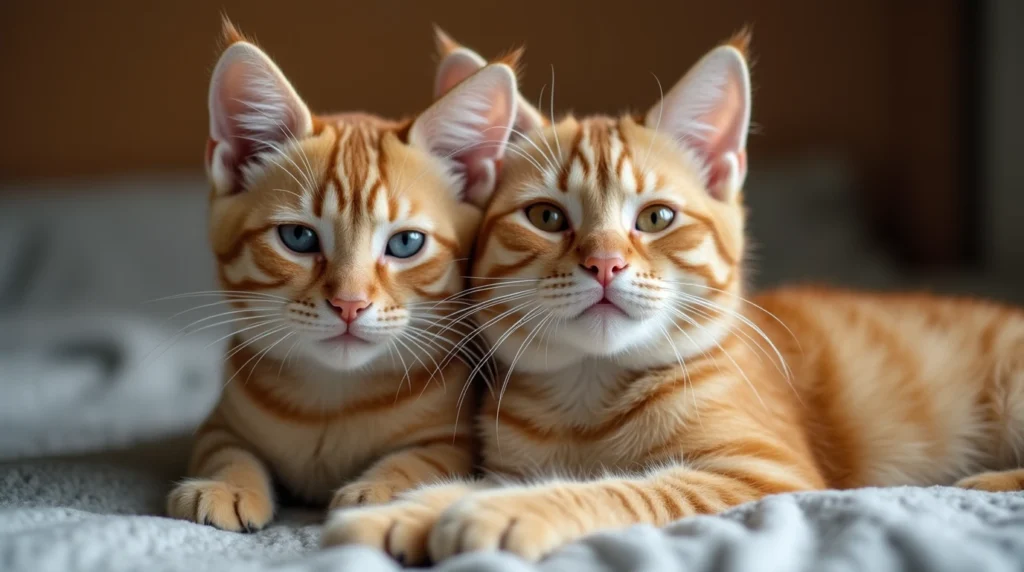
Pros
✔️ Built-in companionship reduces loneliness. ✔️ Encourages physical activity through play. ✔️ Mutual grooming improves hygiene and reduces stress.
Cons
❌ Potential for jealousy and competition over resources. ❌ Increased cost of food, litter, and vet care. ❌ Possible conflicts requiring careful management.
Frequently Asked Questions (FAQs)
1. How do I know if my cat couple is happy?
If your cats groom each other, play together, and sleep near each other without signs of aggression, they are likely happy.
2. What should I do if my cat couple starts fighting?
Separate them temporarily, identify stress triggers, and reintroduce them gradually in a neutral space.
3. Can a cat couple share the same litter box?
It’s best to provide one litter box per cat plus an extra to prevent territorial disputes.
4. How do I introduce a new cat to an existing cat couple?
Introduce the new cat gradually through scent swapping, short supervised meetings, and patience.

Caring for a cat-couple requires patience, understanding, and commitment. By providing proper nutrition, a comfortable living environment, regular exercise, veterinary care, social interaction, and stress management, you can ensure a happy and healthy feline partnership. Implement these six essential tips today, and enjoy the loving companionship of your bonded cats for years to come!

